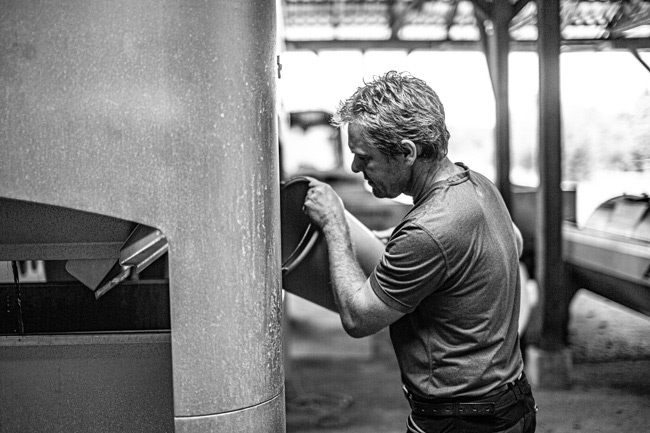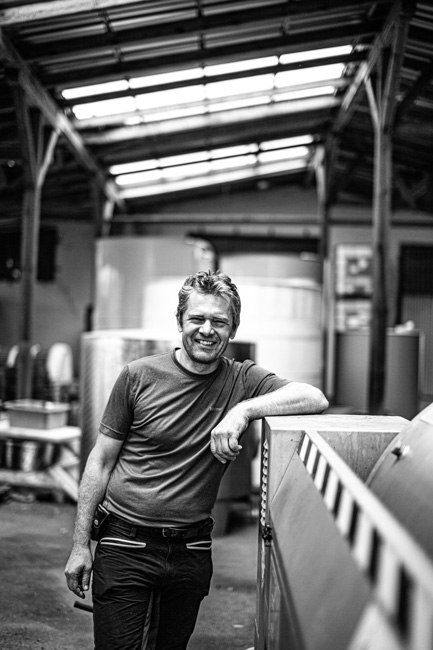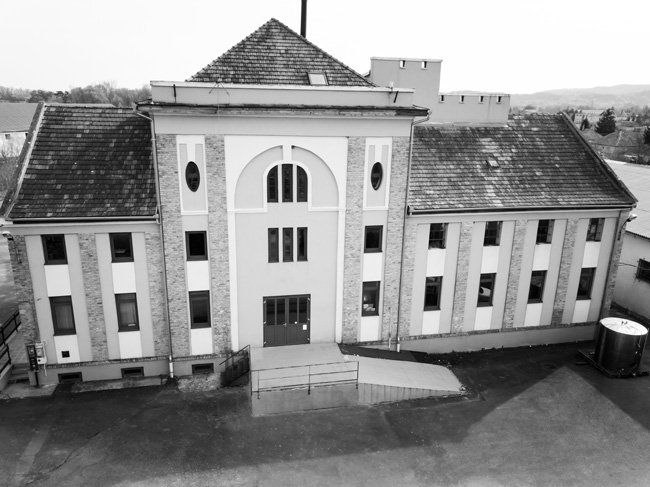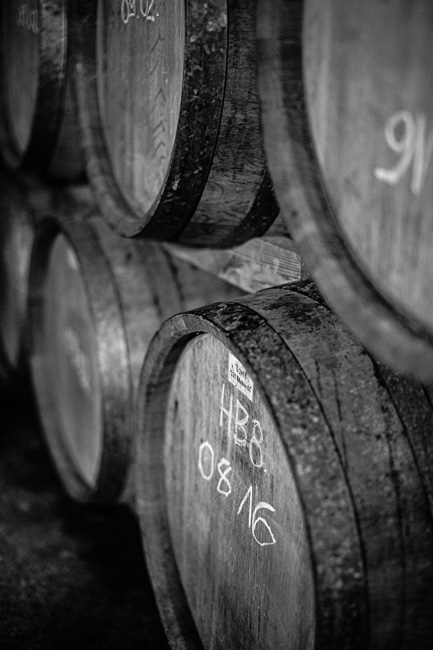Encounters
We lived there and were intimately familiar with the surroundings, just like the vines. Suddenly, we sensed a calling and an overwhelming feeling that none of our interactions were random. Is it coincidence or luck? We couldn't and wouldn't tell. The Zala landscape conveys a message that growing grapes is only worthy if one does it with love. We first encountered wine when we were kids. The sun's bright rays, the new wine's irresistible, lovely scent and flirty flavours, and that slight buzz all came together beautifully.
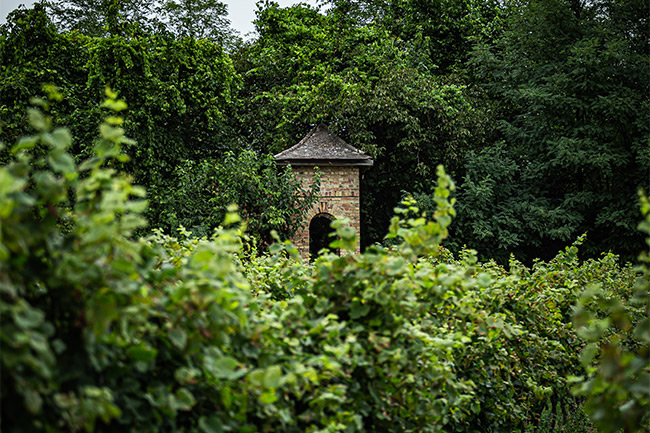
vineyards
Tell only good things or nothing about the names of the vineyards. Okay, here is one odd tale. One of our fields used to be referred to as the Sin Pit by the elderly. Supposedly because aristocratic mistresses would come here to commit immorality. We only learned about it through the grapevine, so it could just be a myth. A great deal of historical and ethnographical information is preserved in the names of the vineyards.
We are dedicated to spreading the word about our vineyards because they offer exceptional qualities. They have been producing grapes for 150 years or possibly longer. We refer to this as a tradition. The Pogányvár vineyard was first mentioned in writing in 1279.
Some of the vineyards of the 27-hectare Dóka Éva Winery are spread along the Zala Valley, on the Csáford and Aranyod Hills of the Zalavár Ridge, near Zalaszentgrót,. Other fields are located at Kis-Balaton and in the vicinity of Dióskál and Orosztony. The top grape fields are found near Csáford, Aranyod, and Pogányvár, with excellent conditions for wine making at an altitude of 170-285 meters.



